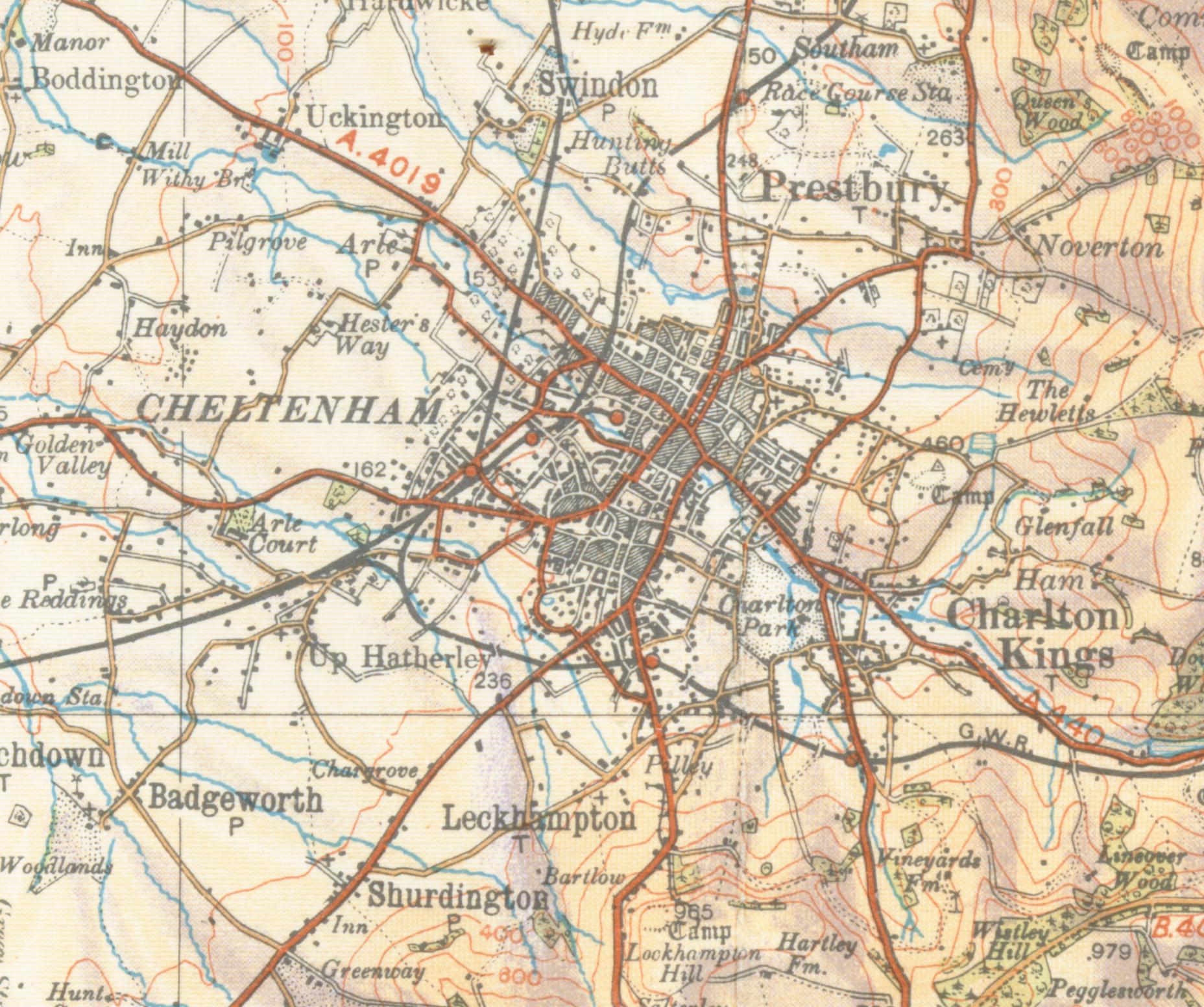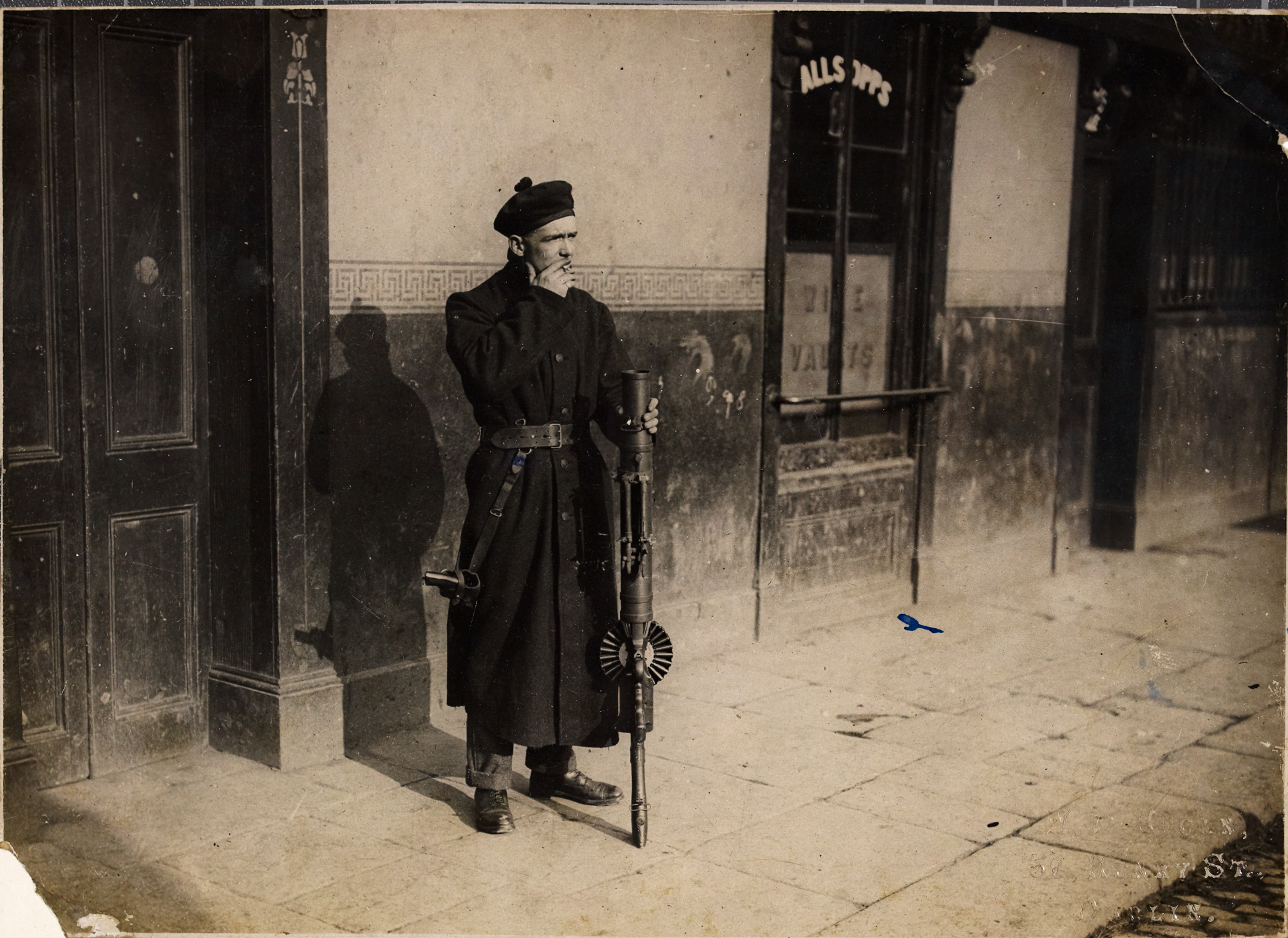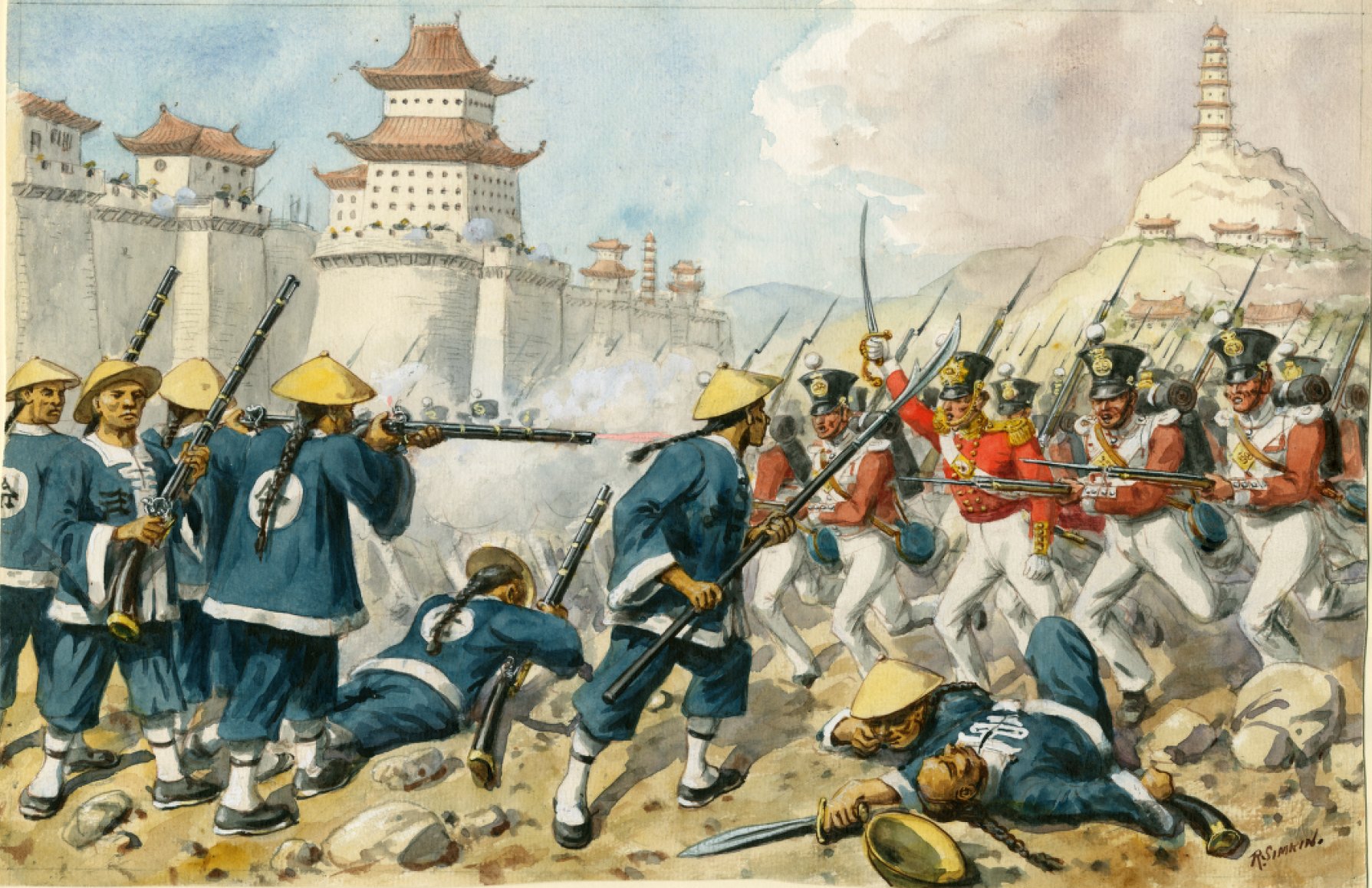|
Agnes Morrogh Bernard
Agnes Morrogh Bernard aka Sister Mary Joseph Arsenius (24 February 1842 – 20 April 1932) was a Roman Catholic nun who founded two convents, and a woollen mill in Foxford, Ireland. Life Bernard was born in Cheltenham on 24 February 1842 to John and Frances Mary Morrogh. In 1849, her parents inherited an estate in County Kerry and as a result the family changed their names to Bernard. They were then living in Cork but she and her parents moved to Shehersee House on the Bernard's new estate. In 1854, she undertook formal education at Laurel Hill convent in Limerick. She was there for three years and after a year with her parents she went to Paris to complete her education at the Convent of Dames Anglaises where she chose a religious life. She became a novice at the Religious Sisters of Charity convent in Dublin when she was 21. In 1863, she took the name Sister Mary Joseph Arsenius and professed in 1866. She was initially involved in teaching but then moved on to managerial and ad ... [...More Info...] [...Related Items...] OR: [Wikipedia] [Google] [Baidu] |
Cheltenham
Cheltenham () is a historic spa town and borough adjacent to the Cotswolds in Gloucestershire, England. Cheltenham became known as a health and holiday spa town resort following the discovery of mineral springs in 1716, and claims to be the most complete Regency era, Regency town in United Kingdom, Britain. It is directly northeast of Gloucester. The town hosts several cultural festivals, often featuring nationally and internationally famous contributors and attendees: the Cheltenham Literature Festival, the Cheltenham Jazz Festival, the Cheltenham Science Festival, the Cheltenham Music Festival, the Cheltenham International Film Festival, the Cheltenham Cricket Festival and the Cheltenham Food & Drink Festival. In steeplechase (horse racing), steeplechase horse racing, the Cheltenham Gold Cup, Gold Cup is the main event of the Cheltenham Festival held every March. It is also home to a number of leading independent schools, including Cheltenham College and Cheltenham Ladies' Co ... [...More Info...] [...Related Items...] OR: [Wikipedia] [Google] [Baidu] |
Black And Tans
The Black and Tans () were constables recruited into the Royal Irish Constabulary (RIC) as reinforcements during the Irish War of Independence. Recruitment began in Great Britain in January 1920, and about 10,000 men enlisted during the conflict. The majority were unemployed former British Army, British soldiers from England, Scotland and Wales who had fought in the First World War. Some sources count Irish recruits to the RIC from 1920 as "Black and Tans". The Black and Tans had a reputation for brutality; they committed murder, arson and looting and became notorious for reprisal attacks on civilians and civilian property. Their actions further swayed Irish public opinion against British rule and drew condemnation in Britain. The Black and Tans were sometimes confused with the Auxiliary Division, a counterinsurgency unit of the RIC, also recruited during the conflict and made up of former British officers. At the time, "Black and Tans" was sometimes used for both groups. Anothe ... [...More Info...] [...Related Items...] OR: [Wikipedia] [Google] [Baidu] |
Vincentians
Vincentian can refer to: People *A citizen of Saint Vincent and the Grenadines *A person from Saint Vincent (island), the largest island in Saint Vincent and the Grenadines *A member of one of the orders or societies in the Vincentian Family, both Catholic and Anglican, including **Society of Saint Vincent de Paul **Congregation of the Mission **Daughters of Charity of Saint Vincent de Paul *A student or alumnus of St. Vincent's High School, Pune, India *A student or alumnus of Saint Vincent's College Saint Vincent’s College (), officially known as St. Vincent's College Incorporated (SVC or SVCI), is a private Roman Catholic higher educational institution in Dipolog, Zamboanga del Norte, Philippines. Founded as Dipolog Parochial School in ..., Dipolog, Philippines. Organisations * Vincentian Academy, a Roman Catholic preparatory school in Pittsburgh, Pennsylvania * Vincentian Studies Institute, an institute at DePaul University in Chicago, Illinois See also * Vincentia ... [...More Info...] [...Related Items...] OR: [Wikipedia] [Google] [Baidu] |
19th-century British Roman Catholic Nuns
The 19th century began on 1 January 1801 (represented by the Roman numerals MDCCCI), and ended on 31 December 1900 (MCM). It was the 9th century of the 2nd millennium. It was characterized by vast social upheaval. Slavery was Abolitionism, abolished in much of Europe and the Americas. The First Industrial Revolution, though it began in the late 18th century, expanded beyond its British homeland for the first time during the 19th century, particularly remaking the economies and societies of the Low Countries, France, the Rhineland, Northern Italy, and the Northeastern United States. A few decades later, the Second Industrial Revolution led to ever more massive urbanization and much higher levels of productivity, profit, and prosperity, a pattern that continued into the 20th century. The Catholic Church, in response to the growing influence and power of modernism, secularism and materialism, formed the First Vatican Council in the late 19th century to deal with such problems an ... [...More Info...] [...Related Items...] OR: [Wikipedia] [Google] [Baidu] |
People From Cheltenham
The term "the people" refers to the public or common mass of people of a polity. As such it is a concept of human rights law, international law as well as constitutional law, particularly used for claims of popular sovereignty. In contrast, a people is any plurality of persons considered as a whole. Used in politics and law, the term "a people" refers to the collective or community of an ethnic group or nation. Concepts Legal Chapter One, Article One of the Charter of the United Nations states that "peoples" have the right to self-determination. Though the mere status as peoples and the right to self-determination, as for example in the case of Indigenous peoples (''peoples'', as in all groups of indigenous people, not merely all indigenous persons as in ''indigenous people''), does not automatically provide for independent sovereignty and therefore secession. Indeed, judge Ivor Jennings identified the inherent problems in the right of "peoples" to self-determination, as i ... [...More Info...] [...Related Items...] OR: [Wikipedia] [Google] [Baidu] |
1932 Deaths
Events January * January 4 – The British authorities in India arrest and intern Mahatma Gandhi and Vallabhbhai Patel. * January 9 – Sakuradamon Incident (1932), Sakuradamon Incident: Korean nationalist Lee Bong-chang fails in his effort to assassinate Emperor Hirohito of Japan. The Kuomintang's official newspaper runs an editorial expressing regret that the attempt failed, which is used by the Japanese as a pretext to attack Shanghai later in the month. * January 22 – The 1932 Salvadoran peasant uprising begins; it is suppressed by the government of Maximiliano Hernández Martínez. * January 24 – Marshal Pietro Badoglio declares the end of Libyan resistance. * January 26 – British submarine aircraft carrier sinks with the loss of all 60 onboard on exercise in Lyme Bay in the English Channel. * January 28 – January 28 incident: Conflict between Japan and China in Shanghai. * January 31 – Japanese warships arrive in Nanking. February * February 2 ** A general ... [...More Info...] [...Related Items...] OR: [Wikipedia] [Google] [Baidu] |
1842 Births
Events January–March * January 6–January 13, 13 – First Anglo-Afghan War – Massacre of Elphinstone's army (Battle of Gandamak): British East India Company troops are destroyed by Afghan forces on the road from Kabul to Jalalabad, Afghanistan, by Wazir Akbar Khan, Akbar Khan, son of Dost Mohammad Khan (Emir of Afghanistan), Dost Mohammad Khan. * January 8 – Delft University of Technology is established by William II of the Netherlands, as a 'Royal Academy for the education of civilian engineers'. * January 23 – Antarctic explorer James Clark Ross, charting the eastern side of James Ross Island, reaches a Farthest South of 78°09'30"S. * January ** Michael Alexander (bishop), Michael Alexander takes office, as the first appointee to the Anglican-German Bishopric in Jerusalem. ** United States, American medical student William E. Clarke of Berkshire Medical College becomes the first person to administer an inhaled anesthetic, to facilitate a surgical procedure. ... [...More Info...] [...Related Items...] OR: [Wikipedia] [Google] [Baidu] |
Foxford Convent Chapel - Geograph
Foxford () is a town 16 km south of Ballina in County Mayo, Ireland. It stands on the N26 national primary route from Swinford to Ballina and has a railway station served by trains between Manulla Junction and Ballina. Foxford lies on the River Moy, a salmon-fishing river, close to Lough Conn and Lough Cullin and between the Nephin and Ox Mountains. The Foxford Way is an 86-km waymarked tourist trail that circles Foxford, taking in the Ox Mountains, bogland, archeological sites, lakeshores and river banks. Agnes Morrogh Bernard founded a convent and started a water-powered woollen mill here in 1892.Agnes Morrogh Bernard Towns Villages, Retrieved 6 June 2017 The Foxford Woollen Mills are known for producing characteristic wool blankets. Etymology The name Fo ...[...More Info...] [...Related Items...] OR: [Wikipedia] [Google] [Baidu] |
Foxford
Foxford () is a town 16 km south of Ballina, County Mayo, Ballina in County Mayo, Republic of Ireland, Ireland. It stands on the N26 road, N26 roads in Ireland, national primary route from Swinford to Ballina and has Foxford railway station, a railway station served by trains between Manulla Junction and Ballina. Foxford lies on the River Moy, a salmon-fishing river, close to Lough Conn and Lough Cullin and between the Nephin and Ox Mountains. The Foxford Way is an 86-km waymarking, waymarked tourist trail that circles Foxford, taking in the Ox Mountains, bogland, archeological sites, lakeshores and river banks. Agnes Morrogh Bernard founded a convent and started a water-powered woollen mill here in 1892.Agnes Morrogh Bernard Towns Villages, Retrieved 6 June 2017 The Foxford Woollen ... [...More Info...] [...Related Items...] OR: [Wikipedia] [Google] [Baidu] |
Foxford Woollen Mills - Geograph
Foxford () is a town 16 km south of Ballina in County Mayo, Ireland. It stands on the N26 national primary route from Swinford to Ballina and has a railway station served by trains between Manulla Junction and Ballina. Foxford lies on the River Moy, a salmon-fishing river, close to Lough Conn and Lough Cullin and between the Nephin and Ox Mountains. The Foxford Way is an 86-km waymarked tourist trail that circles Foxford, taking in the Ox Mountains, bogland, archeological sites, lakeshores and river banks. Agnes Morrogh Bernard founded a convent and started a water-powered woollen mill here in 1892.Agnes Morrogh Bernard Towns Villages, Retrieved 6 June 2017 The Foxford Woollen Mills are known for producing characteristic wool blankets. Etymology The name F ...[...More Info...] [...Related Items...] OR: [Wikipedia] [Google] [Baidu] |
River Moy
The River Moy () is a river in the west of Ireland. Name Ptolemy's ''Geography'' (2nd century AD) described a river called Λιβνιου (''Libniu'', perhaps from *''lei''- "flow"), which probably referred to the River Moy. The Moy is first named in Adomnán's '' Life of Columba'' (c. 700) as ''Modam fluvium''. Later spellings include ''Muaide, Muadam, Múed, Múaid''; the name ''An Mhuaidh'' is used in modern Irish. The name is possibly derived from the Old Irish word ''muad'', meaning "noble." Geography The Moy rises at the foot of the Ox Mountains in County Sligo. It flows for . For the greater part of its length, it flows southwestward, entering County Mayo and passing near Swinford before passing through Foxford then turning north near the village of Kilmore and heading for the town of Ballina, where it enters the Atlantic Ocean at Killala Bay. The Moy Estuary is long beginning at Ballina and running into Killala Bay. The catchment area of the River Moy is 2,086& ... [...More Info...] [...Related Items...] OR: [Wikipedia] [Google] [Baidu] |






